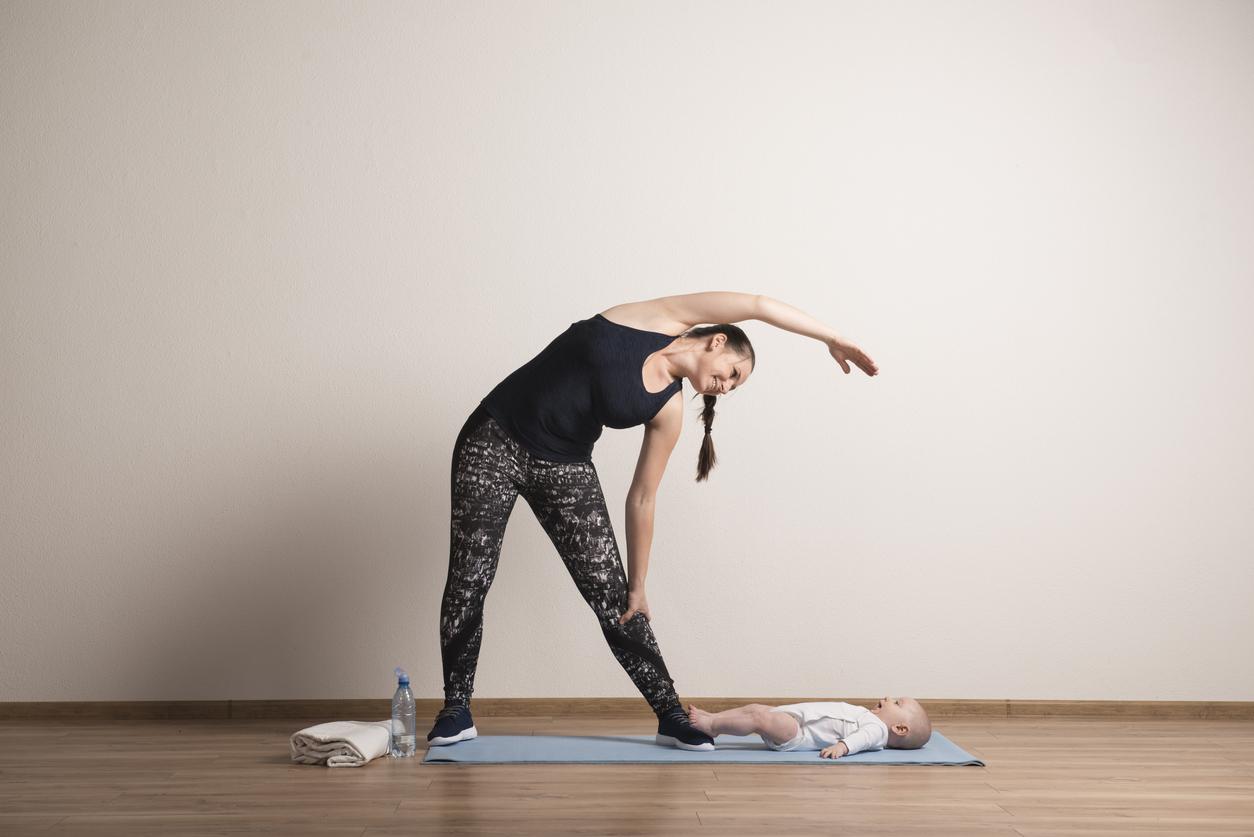It is better to wait 18 months between two pregnancies, especially for women over 35. Otherwise, the risks for the baby and the health of the mother are too great.

We now know the ideal interval between two pregnancies to optimize the health of the mother, especially when she is no longer very young: 18 months. This is the result of a new study published in the JAMA Internal Medicine.
“Our research revealed increased risks for mother and infant when pregnancies are close together, especially for women over 35,” said study leader Laura Schummers. “The findings for older women are particularly important, as they tend to space their pregnancies more closely and often do so intentionally.”
Risks to the health of the child and the mother
Generally speaking, getting pregnant less than 18 months after giving birth results in high-risk pregnancies for women of all ages. But mothers aged 35 or over accumulate, in addition to the risks for the infant, risks for their own health.
The researchers analyzed nearly 150,000 Canadian medical records of mothers and babies. Result: mothers aged 35 and over who conceived a new child six months after giving birth had a 1.2% risk (12 cases per 1,000 pregnancies) of maternal mortality and a 6% probability of giving birth to their child. child prematurely. Waiting 18 months between two pregnancies reduced these risks to 0.5% and 3% respectively.
Improving access to postpartum contraception
Women aged 20 to 34 who conceived a new baby six months after giving birth had an 8.5% risk of preterm delivery, while those who waited 18 months saw their risk drop by almost 5%.
For all women therefore, “the recommendation could be the same: improve access to postpartum contraception or abstain from unprotected sex with a male partner after childbirth”, concludes Dr. Sonia Hernandez-Diaz, professor of Epidemiology at Harvard TH Chan School of Public Health.
For twenty-seven years in France, the number of late pregnancies has been increasing. According to INSEE statistics, 17.5% of babies born in 2004 have a mother aged 35 and over (and 3.3% a mother over forty), compared to 14% in 1995 and 8% in 1980.
.

















